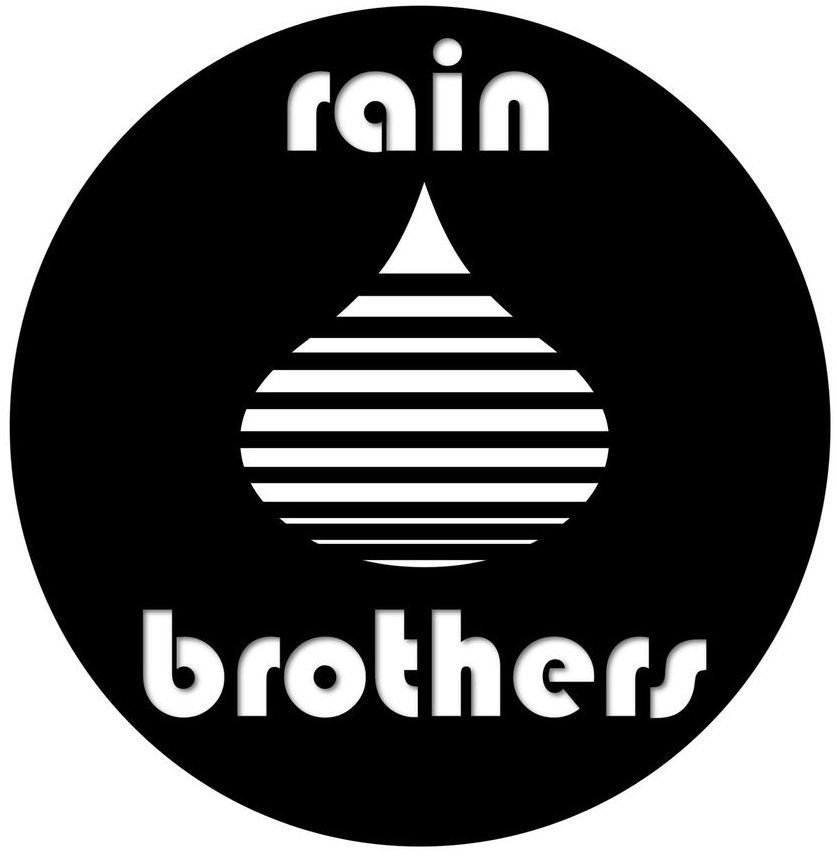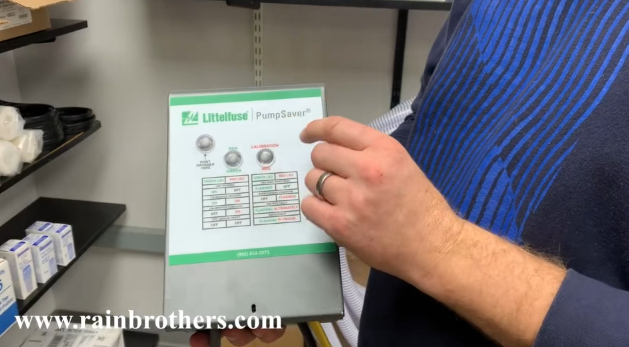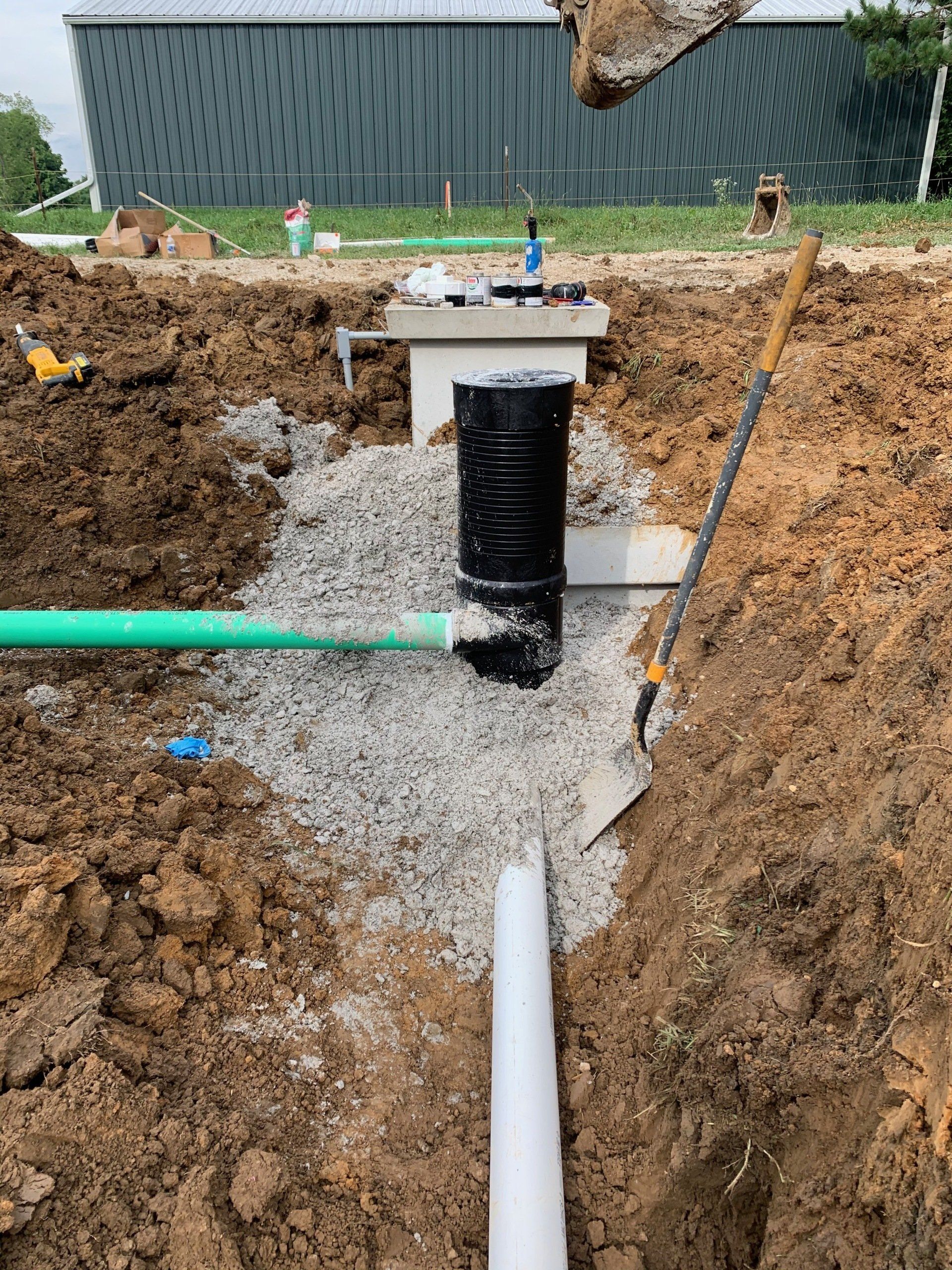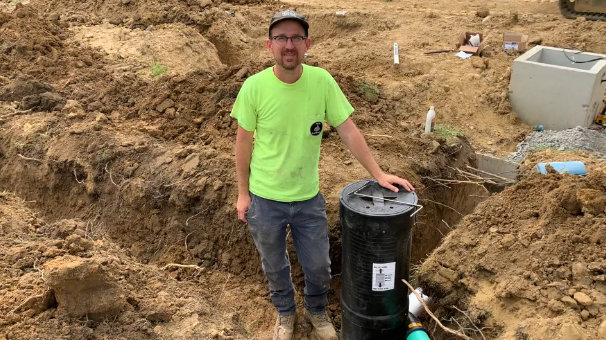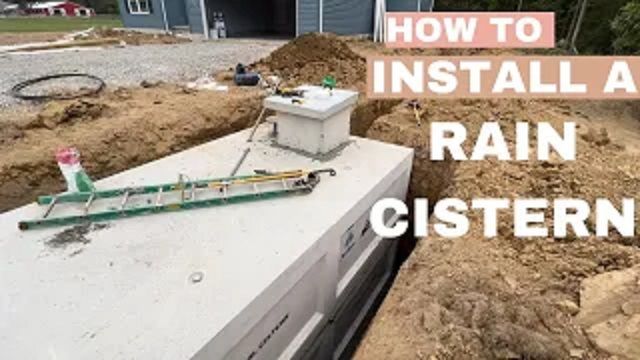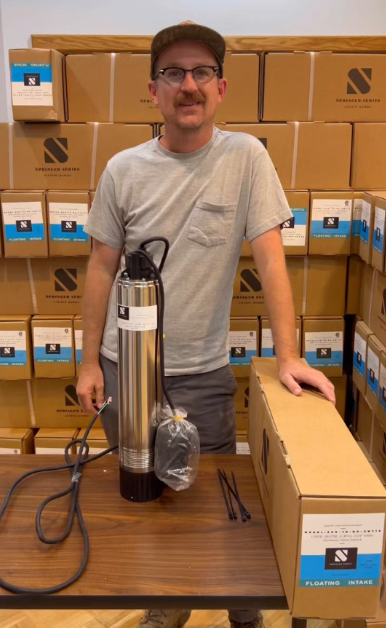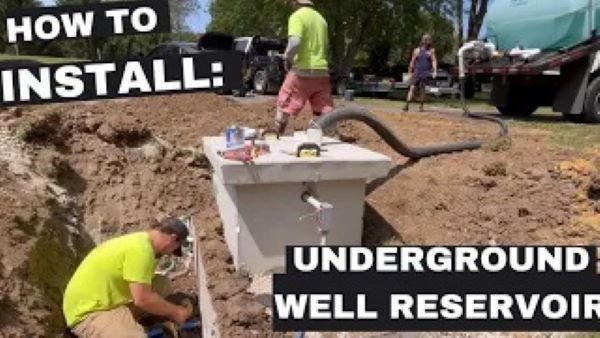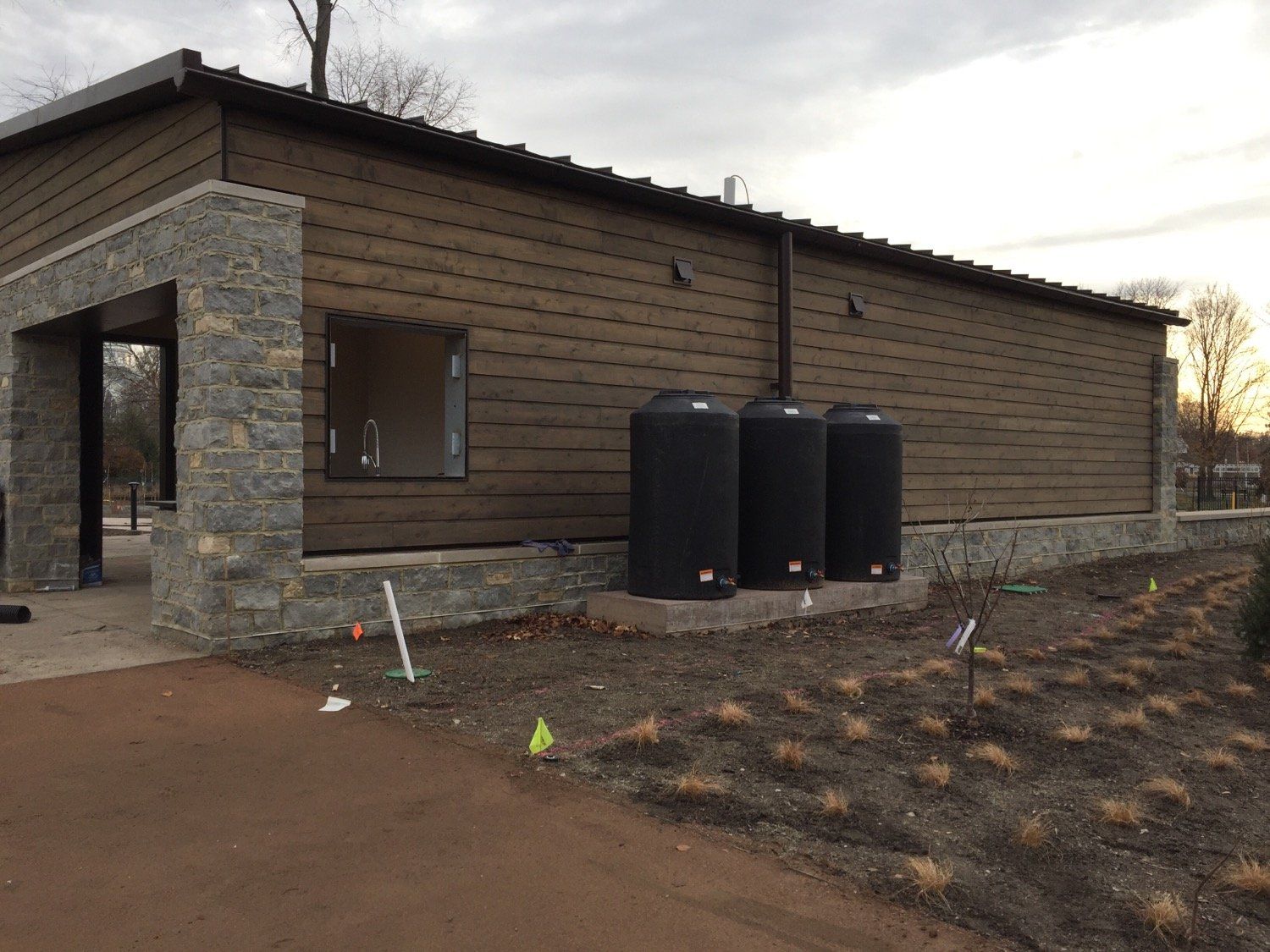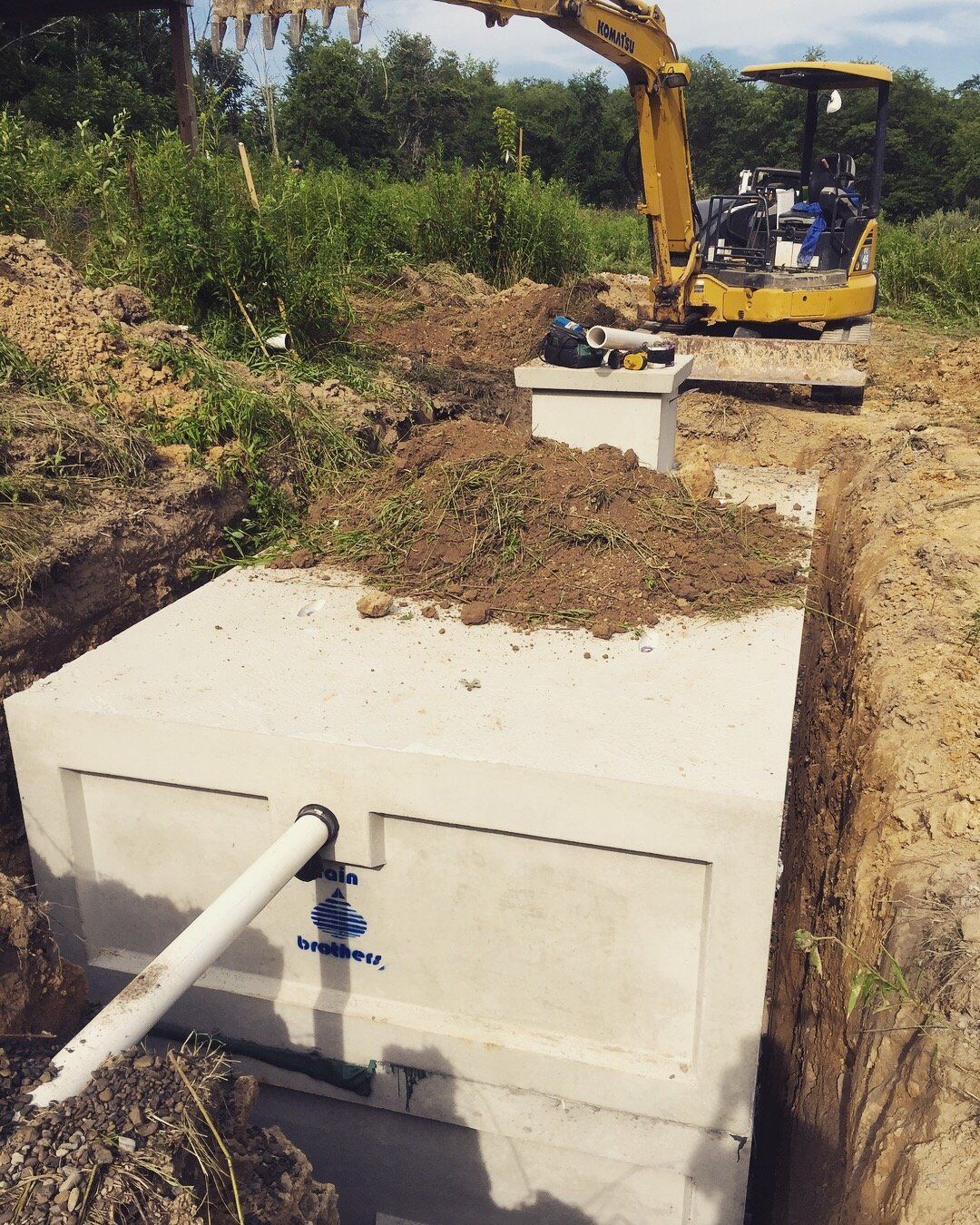When the Well Runs Low: What’s Causing It—and What We Can Do About It
Fixing Dry Wells with Smart Water Storage and Rainwater Recharge
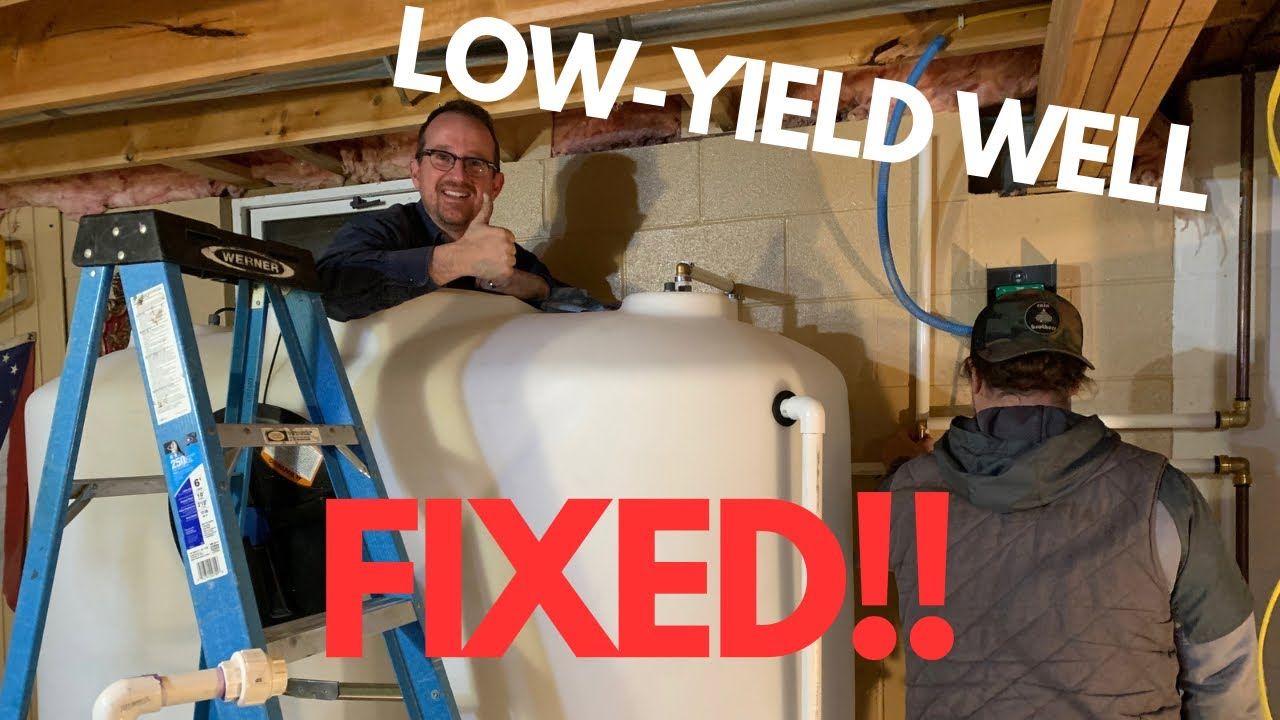
Across the country, aquifers are dropping—and more homeowners are finding their wells can no longer keep up. The signs are clear: sputtering faucets, wells that run dry by noon, and growing dependence on costly trucked-in water. But this isn’t just bad luck. There are real, preventable causes behind it—and practical steps we can take to turn things around.
The Real Causes of Drying Wells
Aquifers don’t empty overnight. It’s a slow decline driven by the way we use land and water:
- Overpumping for industrial-scale agriculture and commercial operations
- Urban sprawl that replaces fields and forests with concrete, blocking natural groundwater recharge
- Stormwater systems that treat rain like a nuisance—funneling it into sewers and rivers instead of back into the ground
- High-demand infrastructure, including AI data centers and server farms, which use millions of gallons of water for cooling and pull heavily from local groundwater sources
In short: we’re using more water than the earth can naturally replace—and losing the chance to recharge it every time it rains.
A Two-Part Solution That Works
The good news? We already have the tools to respond. In fact, some of the best answers are simple, local, and ready to go.
1. Low-Yield Well Water Storage Systems
If your well produces too slowly to meet peak demand, that doesn’t mean it’s finished. A low-yield well system allows you to collect water steadily into a storage tank, then use a second pump to deliver water into your home at normal pressure.
Works with your existing well
Costs under $2,000 in equipment
Avoids the need to drill deeper or relocate
Can be installed DIY or with help from a local plumber or electrician
This system helps families stay on their land, live more comfortably, and manage water more wisely.
2. Rainwater Harvesting and Groundwater Recharge
We need to shift our mindset: rainwater is not wastewater. Every rooftop and driveway is a chance to collect and store precious water. Even better, much of it can be reintroduced to the ground to help refill aquifers.
- Install rain barrels or cisterns to capture water from roofs
- Use permeable landscaping, bioswales, or recharge beds to let it soak into the earth
- Use captured water for irrigation, washing, or—with treatment—indoor use
These practices not only reduce pressure on wells but serve as a blueprint for entire communities.
A Model for the Future—Rooted in Local Responsibility
This isn’t about politics. It’s about personal responsibility and community resilience. With a few tools, a bit of planning, and a shift in mindset, we can fix what’s broken—starting in our own backyards.
We don’t need to wait for outside help. We don’t need to blame or debate. We just need to act. These systems work. They’re affordable. And when enough of us take part, they become a model for what’s possible on a larger scale.
